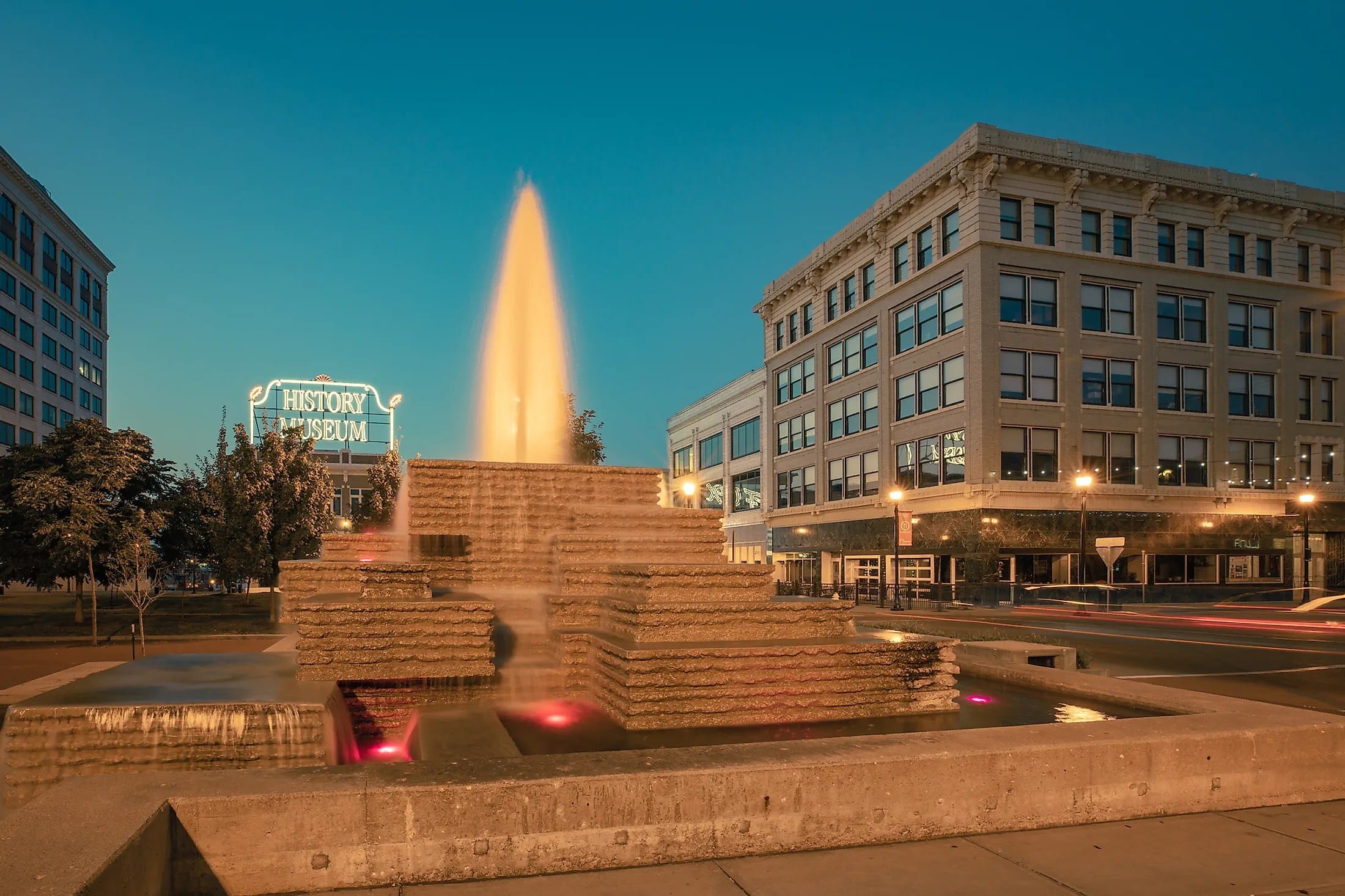Shelbina, Missouri, a town nestled in the rolling prairie of northeast Missouri, whispers tales of a bygone era. Founded in 1857 alongside the clang and hiss of the Hannibal and St. Joseph Railroad, this small community boasts a history far richer than its size might suggest. From its railroad roots to its intriguing connections to prominent figures, Shelbina offers a captivating glimpse into the heart of small-town America. Join us as we explore Shelbina’s past and present, uncovering the stories that have shaped its unique character and the challenges and opportunities it faces today.
A Railroad Town Takes Root
Shelbina’s story began with the railroad. In 1857, as the Hannibal and St. Joseph Railroad carved its way westward, a town sprang up alongside it, its fate intertwined with the iron horse. The town’s name, a charming blend of “Shelby” (for the county) and “Vina” (the daughter of a founding minister), reflects this early union of industry and faith. Just a year later, in 1858, a post office opened its doors, solidifying Shelbina’s place on the map and suggesting its rapidly growing importance in the region. What dreams did these early settlers hold as they witnessed the transformation of the prairie? Delving into local historical society publications might offer clues.
The “Queen City of the Prairie”: A Glimpse into Shelbina’s Heyday
Shelbina wasn’t just another stop along the railroad; it earned the grand title of “Queen City of the Prairie.” Unearthing the stories behind this moniker requires a journey back in time. Old newspapers and historical archives likely hold the key to understanding Shelbina’s heyday. What industries thrived? What fueled its growth and ambition? Exploring these questions can connect the dots between Shelbina’s vibrant past and its present identity. How does modern Shelbina reflect – or perhaps reject – its regal nickname? [https://www.lolaapp.com/simir] and [https://www.lolaapp.com/ronceverte]
Navigating the 21st Century: Challenges and Opportunities
Like many small towns, Shelbina faces the challenges of a changing world. The 2010 census recorded a population of 1,704, which dipped slightly to 1,613 by 2020. This decline raises important questions about the town’s future. What factors contribute to this trend? Is it a decline in traditional industries? A shift in demographics? More research is needed to understand the specific challenges Shelbina faces and the community’s response. Are there initiatives underway to revitalize the town and attract new residents? What opportunities are being explored to ensure a vibrant future?
Shelbina’s Demographics: A Closer Look
Understanding Shelbina’s demographics offers valuable context. The 2010 census data paints a picture of a predominantly white community (98.8%), with a median age of 43.5 years. This information, combined with data on household size and housing density (728.2 inhabitants per square mile), can provide a deeper understanding of the community’s structure and potential needs. Further research into the 2020 census may reveal shifts in these demographics and provide insights into current trends.
Beyond the Numbers: The Heart and Soul of a Community
Shelbina is more than just statistics. It’s a tapestry woven from the lives of its people, past and present. The stately Benjamin House, listed on the National Register of Historic Places since 1972, stands as a silent witness to generations of Shelbina residents. Exploring resources like the Sanborn Maps of Missouri Collection at the University of Missouri could provide a visual journey through the town’s architectural history.
Notable Residents: Fact and Rumor
Shelbina is also known for its connections to prominent figures. Musician and composer Willard Robison (1894-1968) called Shelbina home. There are also intriguing, yet unverified, connections to Sam Walton, the founder of Walmart, and Duke Cunningham, the controversial former congressman. Did these individuals truly have ties to Shelbina? Further investigation is needed to separate fact from rumor. If confirmed, these connections would add another layer to the town’s rich narrative.
Local Leadership: Guiding Shelbina Forward
Leading Shelbina into the future is Mayor Al Dimmitt, working alongside City Clerk Janice Magruder, City Attorney John Wilcox, City Marshal Jeff Brown, City Superintendent Dennis Klusmeyer, and Assistant City Superintendent Rob Trivette. Their decisions shape the daily lives of residents and influence the town’s trajectory. Exploring the challenges and priorities of Shelbina’s local government could provide further insight into the town’s present and future.
Education in Shelbina: Nurturing the Next Generation
The Shelby County R-IV School District plays a crucial role in shaping the next generation of Shelbina residents. While we know there’s at least one elementary school within the district, further research is needed to determine the presence of middle and high schools and understand the challenges and successes of the local education system.
Preserving the Past, Embracing the Future
What does the future hold for Shelbina? How can this prairie town leverage its unique history and strong community bonds to create a brighter tomorrow? The answers likely lie in a thoughtful blend of preserving its heritage while adapting to the demands of the 21st century. Embracing innovation, attracting new businesses, and fostering a welcoming environment may be key to ensuring Shelbina’s continued vitality for generations to come. What initiatives are being undertaken to achieve these goals? What is the community’s vision for its future? These are questions worth exploring, not only for Shelbina but for small towns across America facing similar challenges.
- Red Cloud, NE: Discover Willa Cather’s Legacy - April 11, 2025
- Remember Old Social Media Sites? Their Rise and Fall - April 11, 2025
- How many days till Feb 3?Accurate Countdowns & Tools - April 11, 2025
















